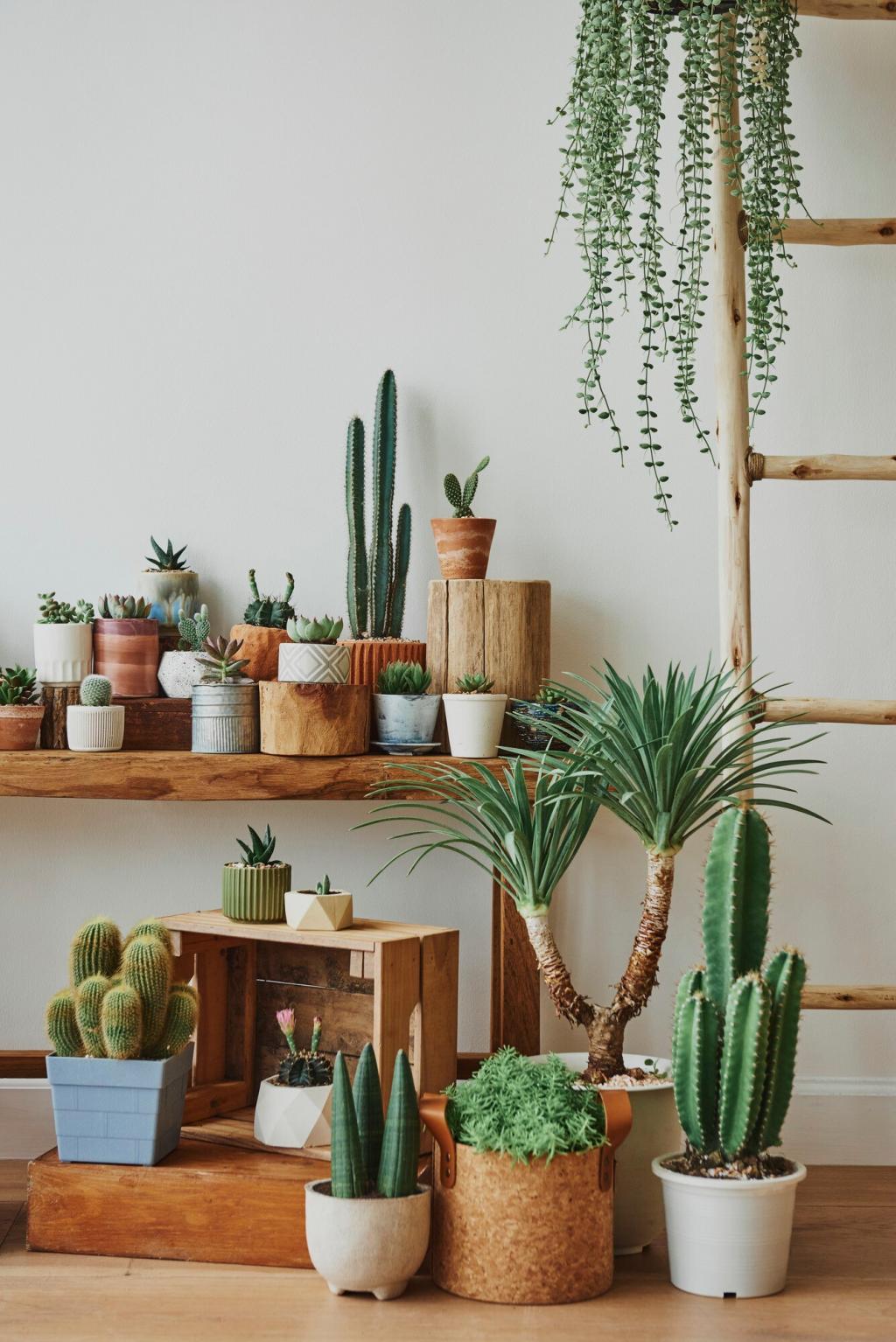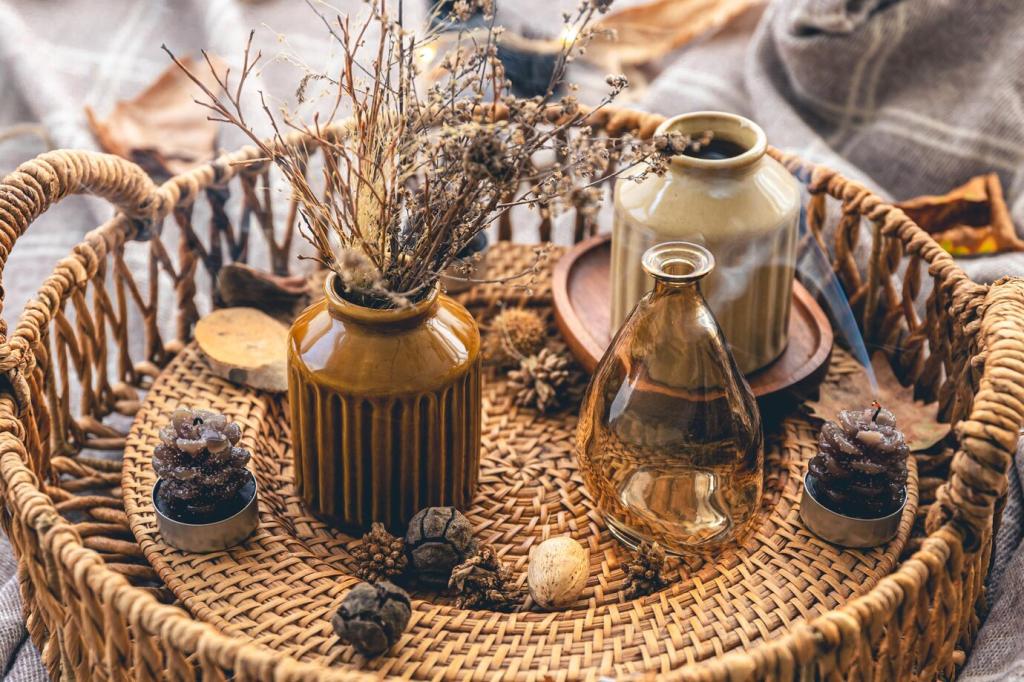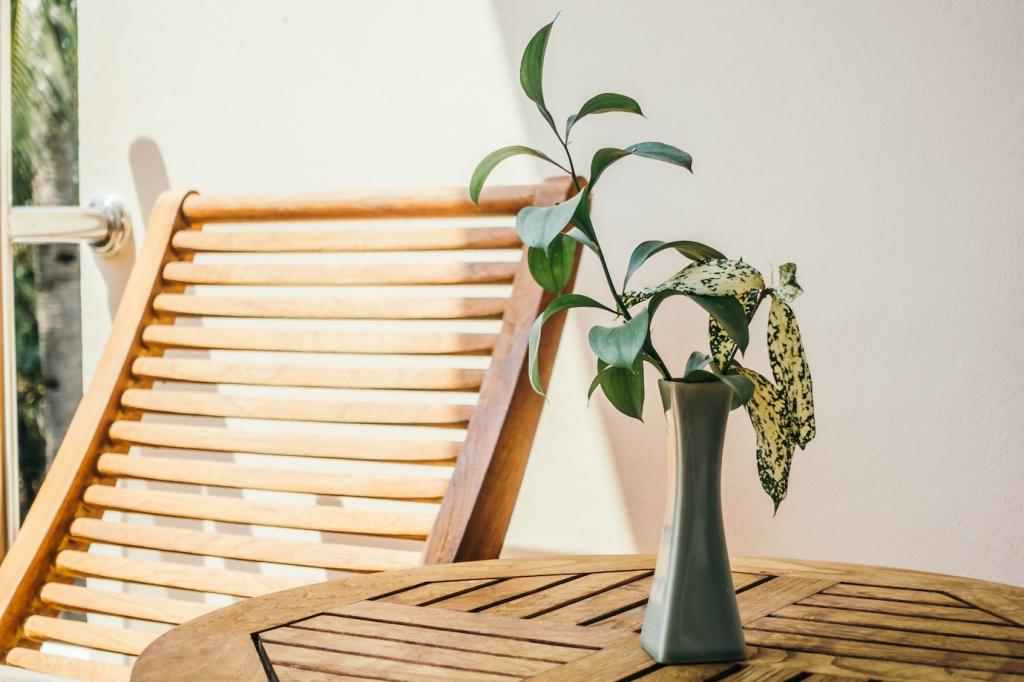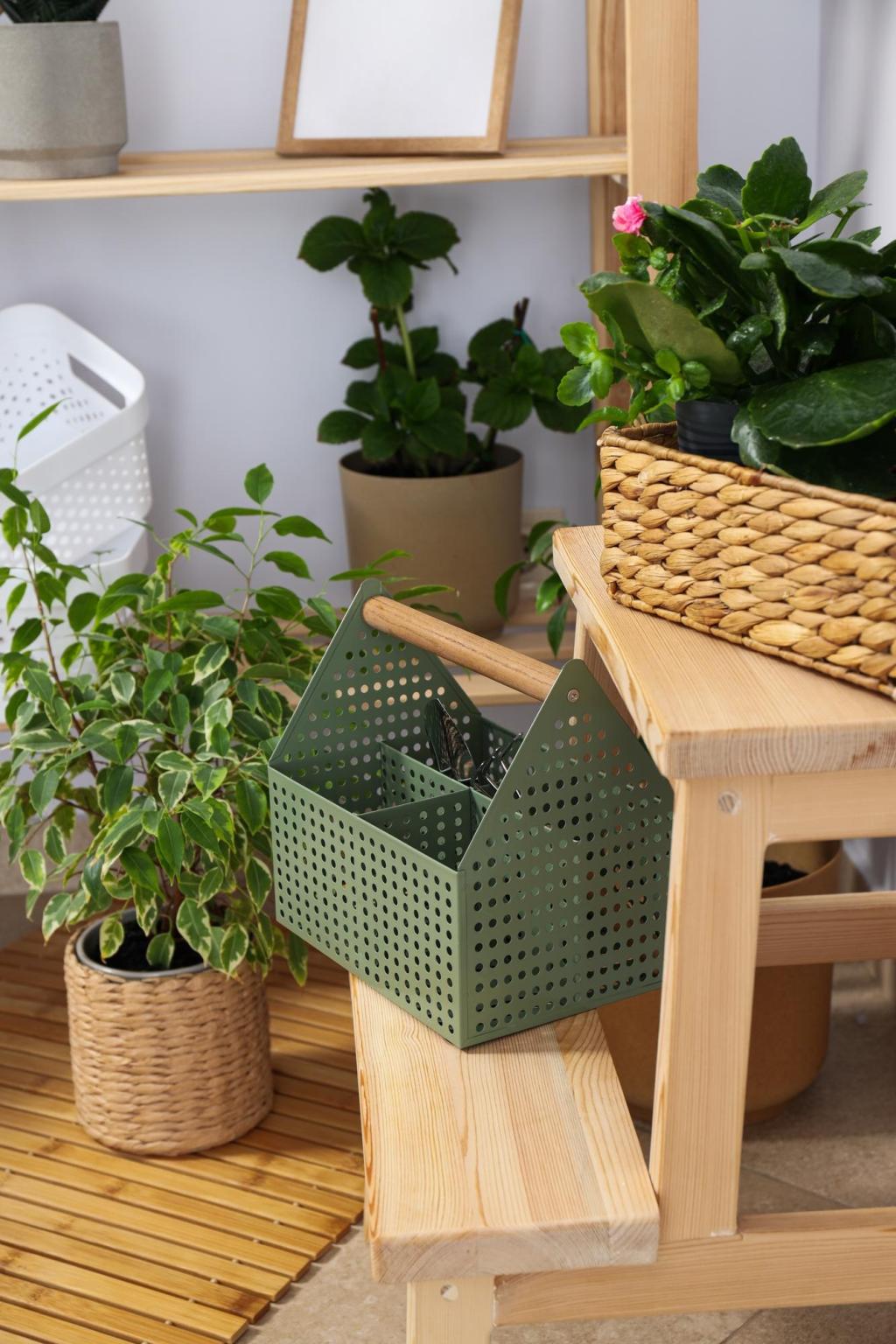Recycling and Upcycling in Home Design: From Throwaway to Timeless
Chosen theme: Recycling and Upcycling in Home Design. Step into a home where creativity meets conscience, and castoffs become conversation pieces. Subscribe for weekly inspiration, reader projects, and practical guides you can use today.

The Upcycler’s Mindset: Spotting Beauty in the Discarded
The Designer’s Eye at the Curb
On a rainy Tuesday, I rescued a wobbly dresser headed for the landfill. Under scuffed varnish hid warm maple, tight grain, and rock-solid joinery. One afternoon of repairs later, it anchored my entryway—and reminded me that character rarely comes new-in-box.
Why Recycling Matters at Home
Recycling and upcycling in home design diverts bulky furniture from landfills, reduces demand for newly manufactured goods, and keeps materials circulating longer. Your choices ripple outward, encouraging neighbors, kids, and local makers to value longevity over disposability.
Join the Movement
Tell us in the comments which worn-out item you will reinvent this month, and subscribe for accountability prompts. Your pledge might inspire another reader to rescue something beautiful from the brink and give it a second, brighter life.
Materials 101: Sourcing Sustainable Treasures
Thrift stores, architectural salvage yards, and neighborhood groups like Freecycle often hide gems beneath dust. Check for pests, water damage, and structural integrity. Ask about back rooms and clearance days, and share your local honey-holes with fellow subscribers.


Surface Prep Science
Clean thoroughly, degrease, and scuff-sand to give finishes a reliable bite. For mystery paints, test for lead and wear proper protection. Small, patient steps—wood filler, clamping, and caulk—create the foundation that makes recycled pieces shine like bespoke design.
Eco-Friendly Finishes
Choose low-VOC paints, plant-based oils, and traditional milk paint for a breathable, velvety look. Waterborne poly offers durable protection without harsh fumes. Share your favorite finish combos, plus drying times that worked, so fellow readers can plan confidently.
Hardware and Detail Magic
Swap dated pulls for salvaged brass, or make leather handles from an old belt. Add subtle stenciling to unify mixed woods. These tiny choices carry huge visual weight—post close-ups so we can appreciate your craftsmanship and vote on future experiments.
Budget and Impact: Savings You Can Feel
I rebuilt a media console for under forty dollars using salvage-yard doors and leftover paint. A comparable new piece cost ten times more. Track your receipts, estimate avoided purchases, and share the numbers—your transparency demystifies the process for newcomers.
Budget and Impact: Savings You Can Feel
Manufacturing new furniture carries embodied carbon from extraction, processing, and transport. Extending an item’s life often beats recycling alone. While exact figures vary, studies consistently favor reuse. Tell us which piece you saved, and we’ll feature standout impacts monthly.


Aesthetic Cohesion: Style Without Compromise
Pick a restrained palette and repeat textures—oiled wood, matte black metal, and natural linen—across rooms. Consistent finishes unify mixed origins. Share swatch photos, ask for palette feedback, and we’ll crowdsource refinements before you lift a brush.
Let every piece tell a story: a trunk from your grandfather, tiles from a demolished café, beams from a barn raising. Place handwritten notes inside drawers, and invite guests to read them. Add your stories to our monthly reader spotlight.
Curate ruthlessly. One strong upcycled statement beats five competing accents. Embrace negative space, and rotate pieces seasonally. Consider donating extras to community studios, and post your edited vignettes so others can learn the art of restraint.

Care, Maintenance, and Longevity
Dust with microfiber, avoid harsh cleaners, and refresh with a thin coat of wax or oil seasonally. Manage humidity to prevent movement. Share your maintenance schedule and favorite products so readers can keep their rescued wood glowing beautifully.
Wash denim covers cool, line-dry to preserve color, and mend seams before they spread. Natural-dye refreshes can revive faded fabrics. Post your repair techniques and dye recipes, and tag us when an old textile gets a second, vibrant act.
Build a simple kit—wood glue, clamps, sandpaper, screws, upholstery needles—and schedule monthly tune-ups. Host a repair night with friends, swap skills, and document outcomes. Subscribe for checklists and printable guides that make stewardship feel satisfying and communal.
